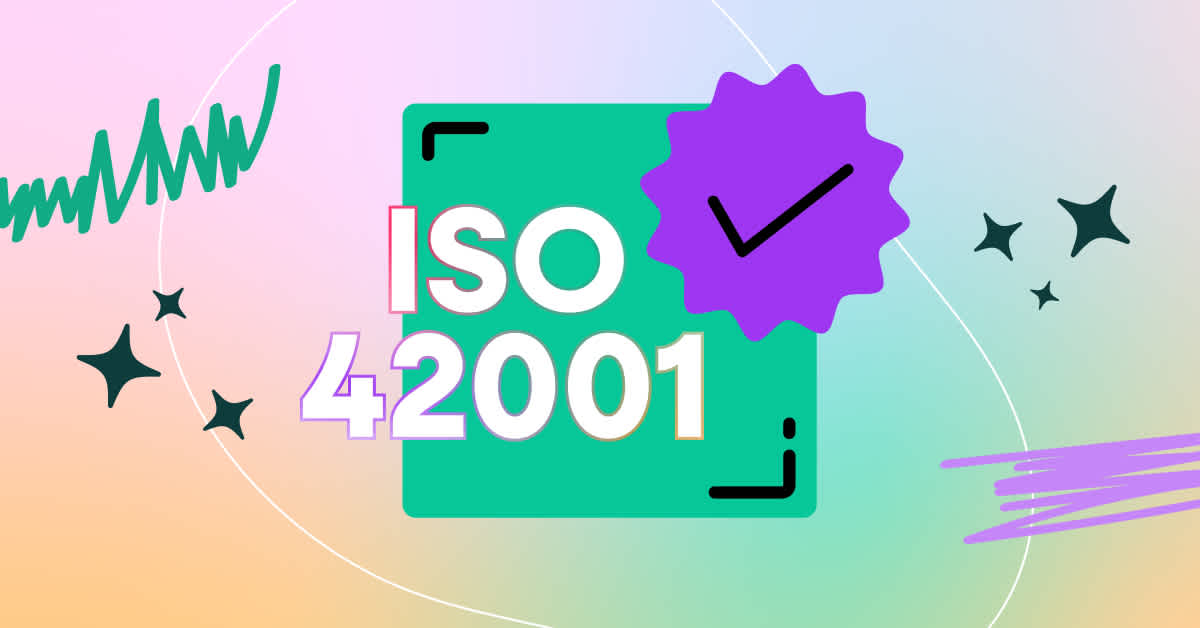Career growth conversations can be awkward, especially if you’re uncertain that your manager’s perception of your work aligns with your own. This is where career path and level documents can come in handy. These documents highlight what opportunities exist within an organization, including the expected skills and performance expectations for each role. However, career path documents alone cannot tell you how to achieve expertise or how to be recognized for reaching new standards. Instead, you need to define meaningful growth and a means to measure progress. In this article, I’m going to describe how we define growth at Fullstory and how we create an environment of continuous feedback to foster professional development.
Defining growth
At Fullstory, we define growth as the ability to challenge oneself through continuous learning. We create various learning opportunities using the three E’s:
Education - 10% - comes from training like online classes, books, etc.
Exposure - 20% - learning from others and absorbing internal best practices.
Experience - 70% - doing the actual work, ie, writing code, building reports, etc.
For education, Fullstory offers an annual learning subsidy and has partnered with companies like Google Cloud Skills Boost for technical training to enable formal learning opportunities. For exposure, there are book clubs, lunch and learns, demo days showcasing new features, and an internal program called “Engineering Buddies” – a dedicated Slack channel that facilitates connecting engineers with other subject matter experts. For experience, we strongly believe that doing the work is the best way to learn. So, for an engineer, that means writing code and creating pull requests as soon as possible. This is our highest onboarding priority regardless of which team you join, as we want engineers to apply their expertise and start building confidence in their Fullstory domain knowledge. New hires are initially given smaller objectives, then gradually introduced to more complex problems as they learn the codebase.
Measuring progress
Now that we know what growth is, we need to define a means to measure progress. At Fullstory, four key inputs are used for measurement:
Self-reflections
Practice levels (or role descriptions)
Accomplishments
Feedback
Self-reflection
Self-reflection is a great opportunity to review your performance in order to take the necessary actions to improve one’s own abilities and maintain motivation to reach your goals. In short, it’s a path to self-awareness. It’s an opportunity to learn from your successes and short-comings as well as develop empathy for your peers. Empathy is a concept we believe forms the right basis for interacting with our customers and each other.
Practice levels
Practice level docs or role descriptions serve as a guide to anchor your accomplishments and feedback. We believe that providing engineers with clear expectations and opportunities for growth encourages greater long-term job satisfaction. It gives FullStorians clear goals and expectations for professional development and performance. We also prioritize creating career paths for both individual contributors as well as people managers. In years past, people management was often seen as the only option for career development as an engineer. But at Fullstory, we believe that individuals perform their best if they are contributing meaningfully in a position that is best suited for them.
Accomplishments
Writing down our accomplishments trains us to celebrate the successes we’ve achieved. It also strengthens our resolve by providing motivation for future success. If we’ve done it before, we can do it again—and possibly even go bigger and further the next time. Moreover, writing down our accomplishments helps us to prioritize and remain focused on the tasks ahead. Setting ambitious but attainable goals is key to fostering growth. This is a great opportunity to collaboratively craft your goals with your manager. It enables engineers to reach goals they had a stake in defining. You can also leverage practice level docs to further provide clarity and context as to why you’re targeting those goals. We want to strike a balance between aspirational and realistic to push our own boundaries in a healthy way. Nothing is more satisfying than documenting an achievement that you didn’t initially think would be possible.
Feedback
Asking someone for feedback may seem like the most daunting of tasks. However, it is highly likely that you are effectively processing feedback more often than you realize. Feedback does not just come from managers. Rather, it can take on multiple forms and can often come from your peers. It can look like action items from your manager or it could look like processing the feedback received in activities like book clubs, design document collaborations, code reviews, or technical pairing sessions. We also foster upward feedback, where folks have an opportunity to give feedback to their managers.
At its best, this process will provide a clear understanding of both your and your manager’s perspective on your performance, as well as good ideas for how to advance your career. In addition, you'll establish a two-way channel to seek and give feedback with your peers as well as your manager.
Seeing it in action
So how does all this work in practice? As a member of the Fullstory engineering team, I have weekly one-on-one meetings with my manager. During these meetings, I regularly share my professional goals and discuss how I can align future projects to achieve them. I maintain a running document of all my one-on-ones including action items and goals to keep myself and my manager accountable. One-on-ones have proven to be a valuable feedback loop to ensure there are no surprises when it comes time for performance evaluations.
In addition to one-on-ones, I also write a self-reflection once a quarter. It’s an opportunity to neutrally analyze my progress to see where I’m excelling and where I need to improve. The more honest I can be with myself, the better I can assess my performance. Self-reflections are also great to share during one-on-ones. My manager can share his assessment and together we can discuss what I can be doing better and where I’ve been excelling.
Feedback is a two-way communication channel and not just something shared between an engineer and their manager. Being a part of the engineering team means taking full advantage of all the opportunities to engage with your peers and share your opinions. At Fullstory, there are processes and programs in place where anyone can request feedback from anyone else, and are encouraged to do so. We have successfully been running demo days for over three years where folks can practice their presentation skills or share something cool they’ve learned that week. Participants are highly encouraged to ask questions and share feedback. We also have an engineering book club that meets once a week with nearly 70% of the engineering team having joined at least one session. Our Lunch & Learn series occurs once a month giving folks an opportunity to present and have interactive discussions about technical topics ranging from white papers to someone’s favorite linux distro to leveraging large language models. We routinely have greater than 50% attendance at each event where folks are eager to ask questions and share their opinions. When it comes to solving daily problems, our engineering buddies program is leveraged to encourage collaboration and discussion with other domain experts to craft the best solution possible. These are just some of the ways in which folks can capitalize on peer feedback at Fullstory.
Conclusion
Don’t over-index on practice levels or role descriptions, but rather lean into continuous improvement and seek feedback. Seeking direct feedback might initially feel intimidating, but eliciting and processing constructive feedback regularly in a supportive environment can really accelerate your growth. Feedback is not just limited to managers and direct reports. Routinely seeking feedback from peers can be an invaluable source of information and you are likely already processing peer feedback more than you realize.
Anyone can create a process that defines growth and that can be used to evaluate their own professional progress. Through self-reflection, processing feedback regularly, and documenting your accomplishments, you will ensure confidence and clarity in the trajectory of your career.



